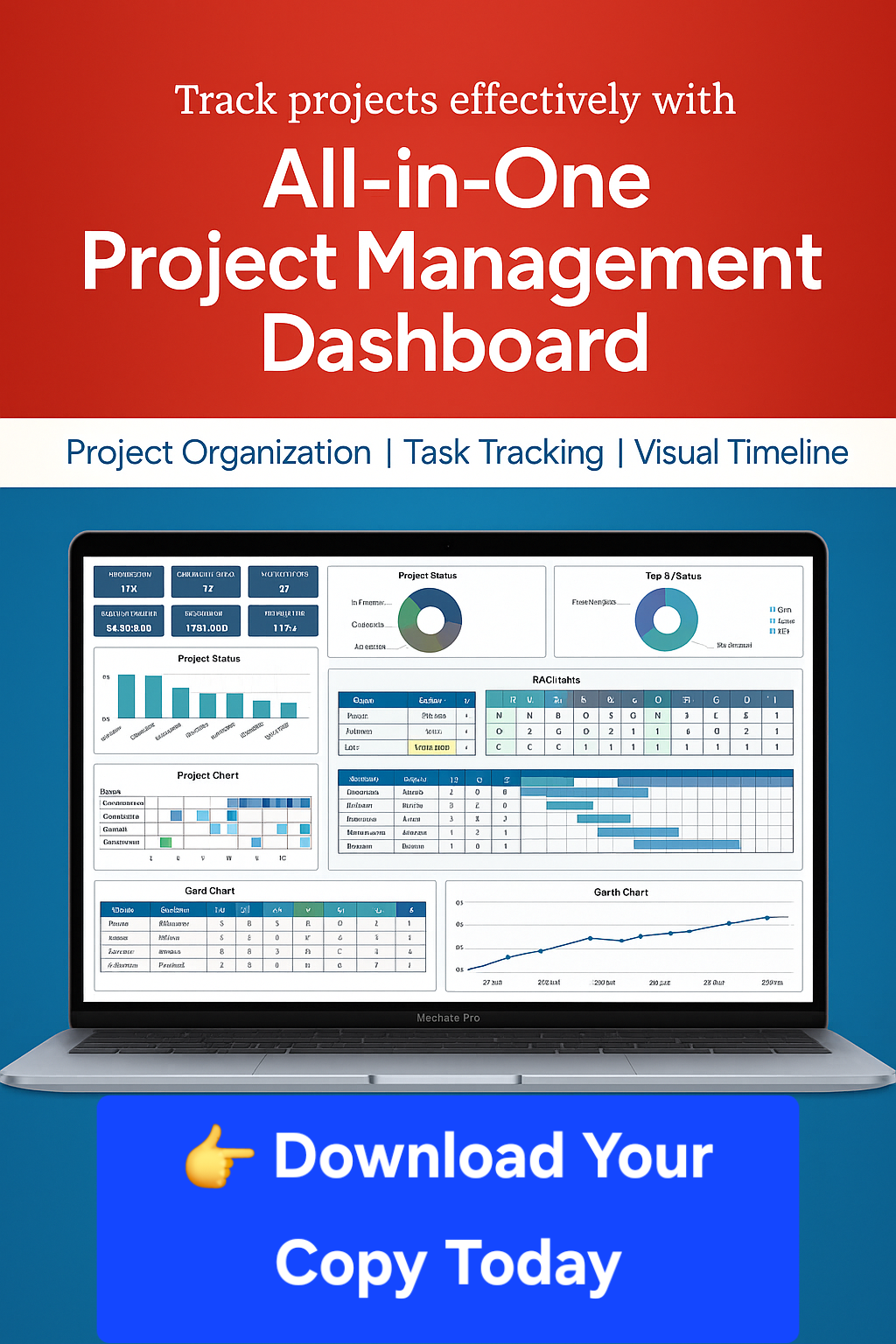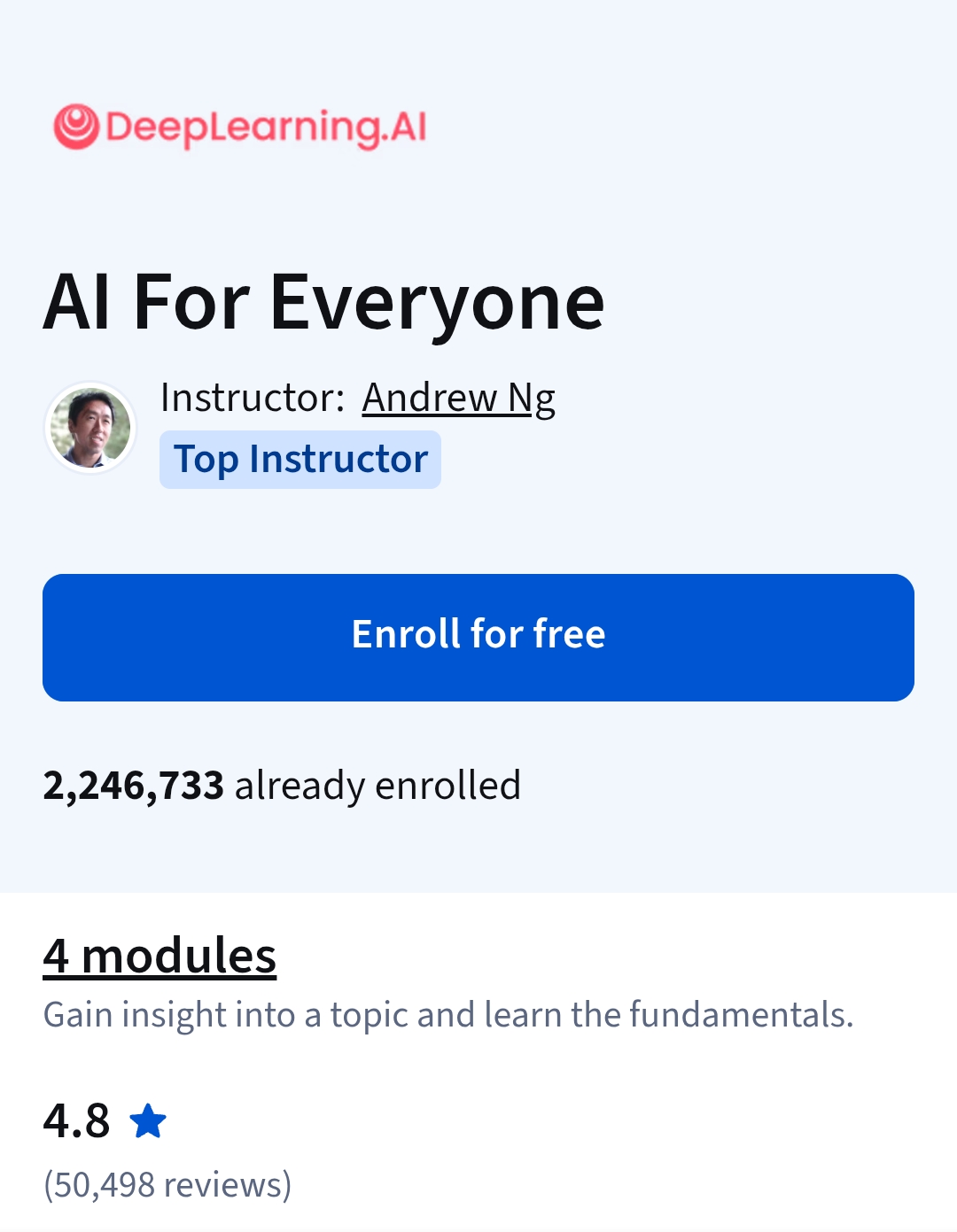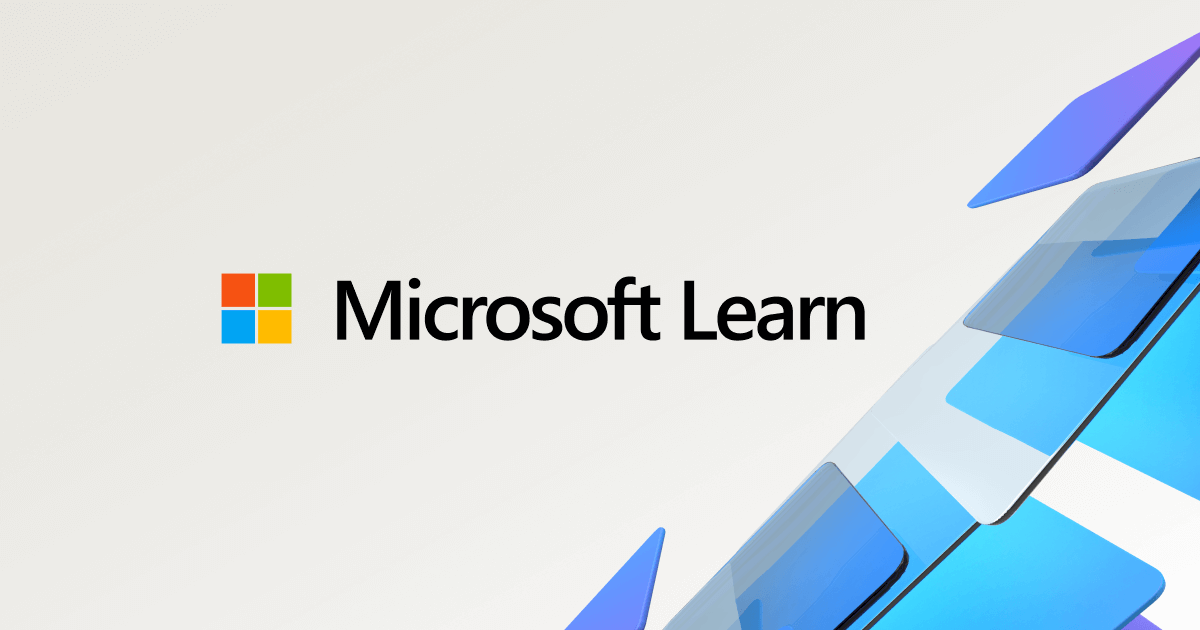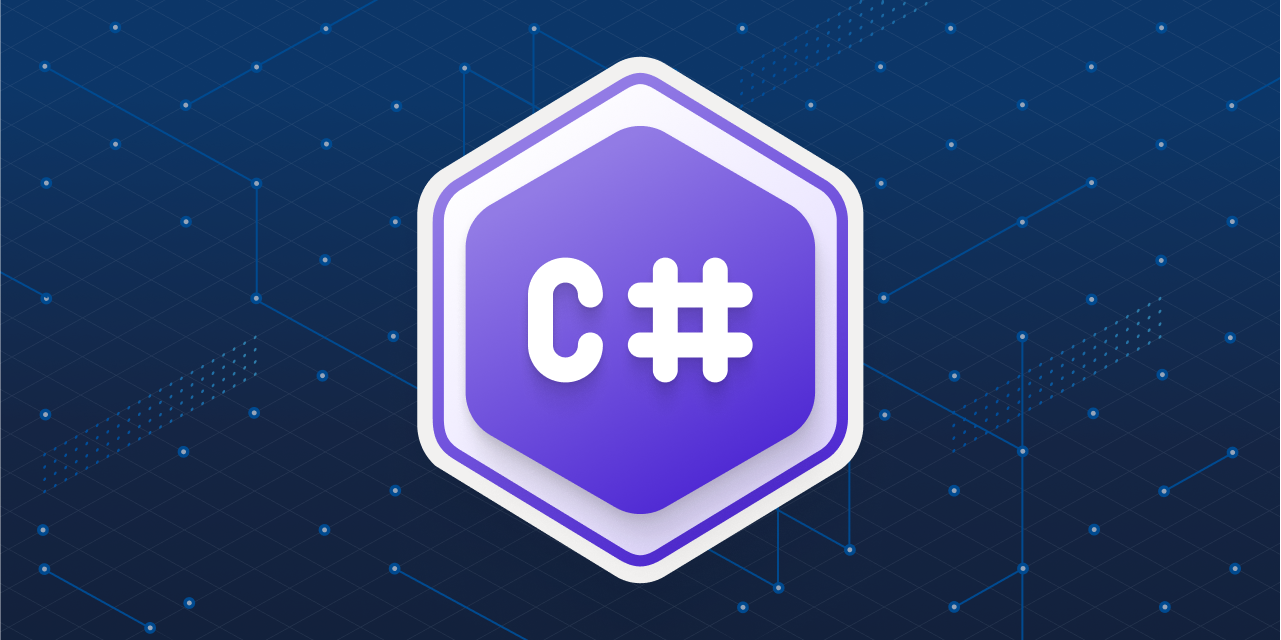Description
Fine-tuning large language models (LLMs) is a pivotal technique in the realm of generative AI, enabling developers to tailor pre-trained models to specific tasks or domains. Microsoft’s “Generative AI for Beginners” series culminates with an insightful episode titled “Fine-Tuning LLMs,” which delves into the intricacies of this process. This article provides a comprehensive overview of the episode’s key takeaways, offering guidance for those looking to enhance their AI applications through fine-tuning.
Understanding Fine-Tuning in LLMs
Fine-tuning involves taking a pre-trained language model and further training it on a smaller, task-specific dataset. This process adjusts the model’s parameters to improve performance on particular tasks, such as sentiment analysis, customer support, or domain-specific content generation. By fine-tuning, developers can leverage the vast knowledge embedded in large models while adapting them to specialized applications. (Augment LLMs with RAGs or Fine-Tuning – Learn Microsoft)
Key Highlights from Microsoft’s “Fine-Tuning LLMs” Episode
The episode, presented by Nitya Narasimhan, covers several critical aspects of fine-tuning: (Fine-Tuning LLMs (Part 18 of 18) | Microsoft Learn)
- Definition and Purpose: An introduction to what fine-tuning entails and its significance in customizing LLMs for specific tasks.
- When and Why to Fine-Tune: Discussion on scenarios where fine-tuning is beneficial, such as improving accuracy in niche domains or aligning the model’s outputs with organizational goals.
- How to Fine-Tune: An overview of the steps involved in fine-tuning, including data preparation, model selection, training, and evaluation.
- Limitations and Considerations: Insights into the challenges associated with fine-tuning, such as overfitting, increased computational requirements, and the need for quality datasets.
The episode emphasizes that while fine-tuning can significantly enhance model performance for specific applications, it’s essential to weigh the benefits against the associated costs and complexities.
Practical Applications and Resources
For developers interested in implementing fine-tuning, Microsoft provides several resources:
- Azure OpenAI Service: A platform that allows users to fine-tune models like GPT-3.5 and GPT-4 on their datasets, facilitating the creation of customized AI solutions.
- Customization Guides: Detailed documentation on how to fine-tune models using Azure’s tools, including best practices and step-by-step instructions.
- Learning Collections: Curated educational materials to deepen understanding of generative AI and fine-tuning techniques.
These resources aim to equip developers with the knowledge and tools necessary to effectively fine-tune LLMs, thereby enhancing the relevance and efficiency of their AI applications.
Conclusion
Fine-tuning is a powerful method for adapting large language models to meet specific needs, offering improved performance and alignment with particular tasks or domains. Microsoft’s “Fine-Tuning LLMs” episode serves as a valuable starting point for beginners, providing foundational knowledge and pointing to further resources for deeper exploration. By understanding and applying fine-tuning techniques, developers can unlock the full potential of generative AI in their respective fields.
For a more in-depth exploration of fine-tuning LLMs, watch the full episode here: Fine-Tuning LLMs (Part 18 of 18) | Generative AI for Beginners. (Fine-Tuning LLMs (Part 18 of 18) | Microsoft Learn)







